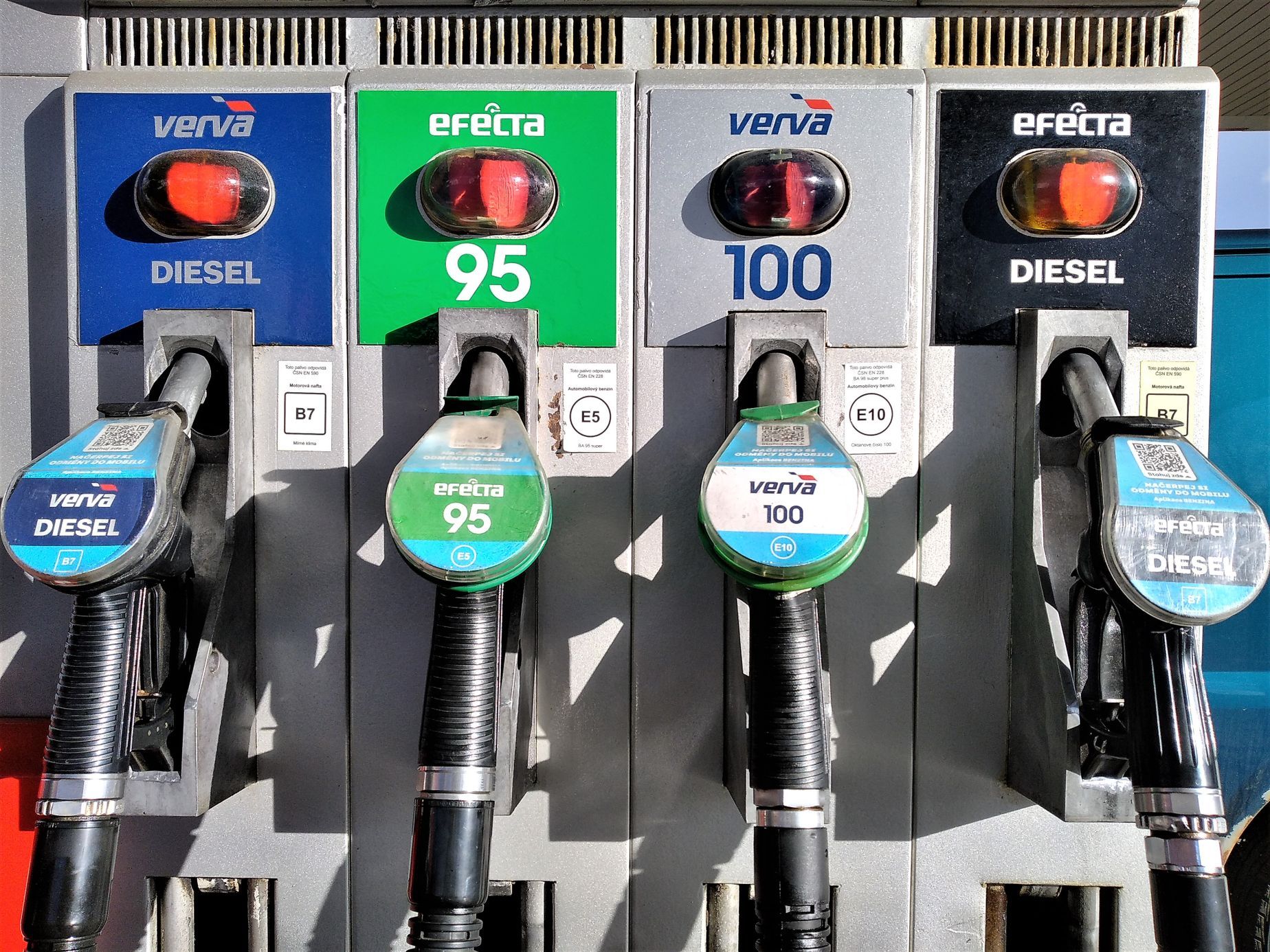How many liters of gasoline could people in different countries of the world refuel if they had to spend their entire paycheck for it? This is exactly what the overview shows, which compares petrol prices with the average wages of the population. Purchasing power is dominated not only by local wages and world oil prices, but also by taxes. And according to the analysts contacted, they will increase in the coming years due to the support of electromobility.
Web Picodi first compared fuel prices in 42 countries by their year-on-year change. The largest price fluctuations were recorded in Hungary (+ 20.2 percent), Turkey (+19.4 percent) and Luxembourg (+16.9 percent). Fuel prices also rose in the Czech Republic, but compared to other European countries, almost slightly, by 5.2 percent.
Of the countries monitored, only Malta and Albania are currently cheaper than last year, but fuel prices there have fallen only slightly.
The graph shows the change in average petrol prices in the first half of 2021 compared to the first half of 2020:
In euro terms, the cheapest petrol in Europe is Russia in Russia, at 54 eurocents per liter. On the contrary, we can expect the highest prices at petrol stations in the Netherlands (1.72 euros). The average price of fuel in the first half of 2021 in the Czech Republic was CZK 30.5 (EUR 1.19), which ranked 15th in the ranking.
Gasoline for the full payout
Another graph recalculates gasoline prices in each country according to the local average wage. It takes into account the purchasing power of the population and we can see on it how many liters of fuel the average earning local motorist can buy if he spent the entire monthly payment for it.
Differences in fuel prices across Europe are generally lower than differences in wage valuation. For this reason, fuel is most favorable to wages in the highest-paid countries, although it is relatively expensive in real terms. The ranking is led by Switzerland, where locals can buy 3582 liters of gasoline for their pay. This is followed by Luxembourg (2955 liters) and Denmark (2328 liters).
The average Czech can buy 931 liters of gasoline from his salary this year, which puts him in 20th place in the list. Last year it was only 881 liters of fuel.
In contrast, Albania (289 liters), Moldova (358 liters) and Ukraine (389 liters) are at the bottom of the list.
- Click on the arrows or drop-down to view individual countries
By car around the world
In addition to Europe, the Picodi website also researched fuel prices in other countries around the world. Within the 104 countries surveyed, the cheapest petrol can be refueled in Algeria (EUR 0.29 per liter), while the most expensive is in Hong Kong (EUR 2.03 per liter).
In terms of purchasing power, the Gulf states, such as Qatar (6532 liters), Saudi Arabia (5170 liters) and Kuwait (5158 liters), are at the top of the world rankings. On the other hand, Cubans (26 liters) will buy the least petrol for their paycheck.
The map shows how many liters of petrol can be bought by the average earners of individual countries for a monthly payment:
- The darker the shade of red, the more gasoline people can afford for their paycheck
Higher taxes due to electromobility
Purchasing power in individual countries is reflected not only in local wages and world oil prices, but also in taxes. “Different fuel taxation plays a key role in creating differences in final prices in different countries of the European Union. The Czechia is one of the countries where fuels are usually cheaper than usual in Western, Northern and Southern Europe. Better prices are only east of our borders, “comments Štěpán Křeček, Chief Economist of BH Securities, for Aktuálně.cz.
In the future, however, taxation can be expected to increase. And so that Europe is moving towards carbon neutrality. “The minimum amount of excise duties on fuel is set in the European Union and efforts can be expected to push for the growth of this taxation,” says Křeček. According to him, the additional income can be used to support electromobility or green projects.
Analyst Tomáš Volf from Citfin also agrees. At the same time, he recalls that these conclusions are still very premature. “In the Czech Republic and in the rest of Europe, similar administrative decisions will not be implemented to a large extent at least until the end of this decade,” explains Volf. “After all, the Czech Republic can speak significantly in the gradual greening of Europe during its forthcoming EU presidency.”
As for the world price of oil, the barrel of Brent oil is currently at $ 75. Last year at the end of June, however, the price was around $ 41 per barrel. “And the price can go even higher. The motoring season is in full swing, followed by the heating season in the USA,” recalls Volf. He adds that oil is likely to exceed $ 80 a barrel in the coming months.
Hamster, on the other hand, believes that the price is already approaching its highs this year. “Rather, there will be stagnation or some correction, which will be supported by an increase in production. At the end of the year, therefore, fuel prices should be slightly lower than they are today,” the analyst concludes.
– .


